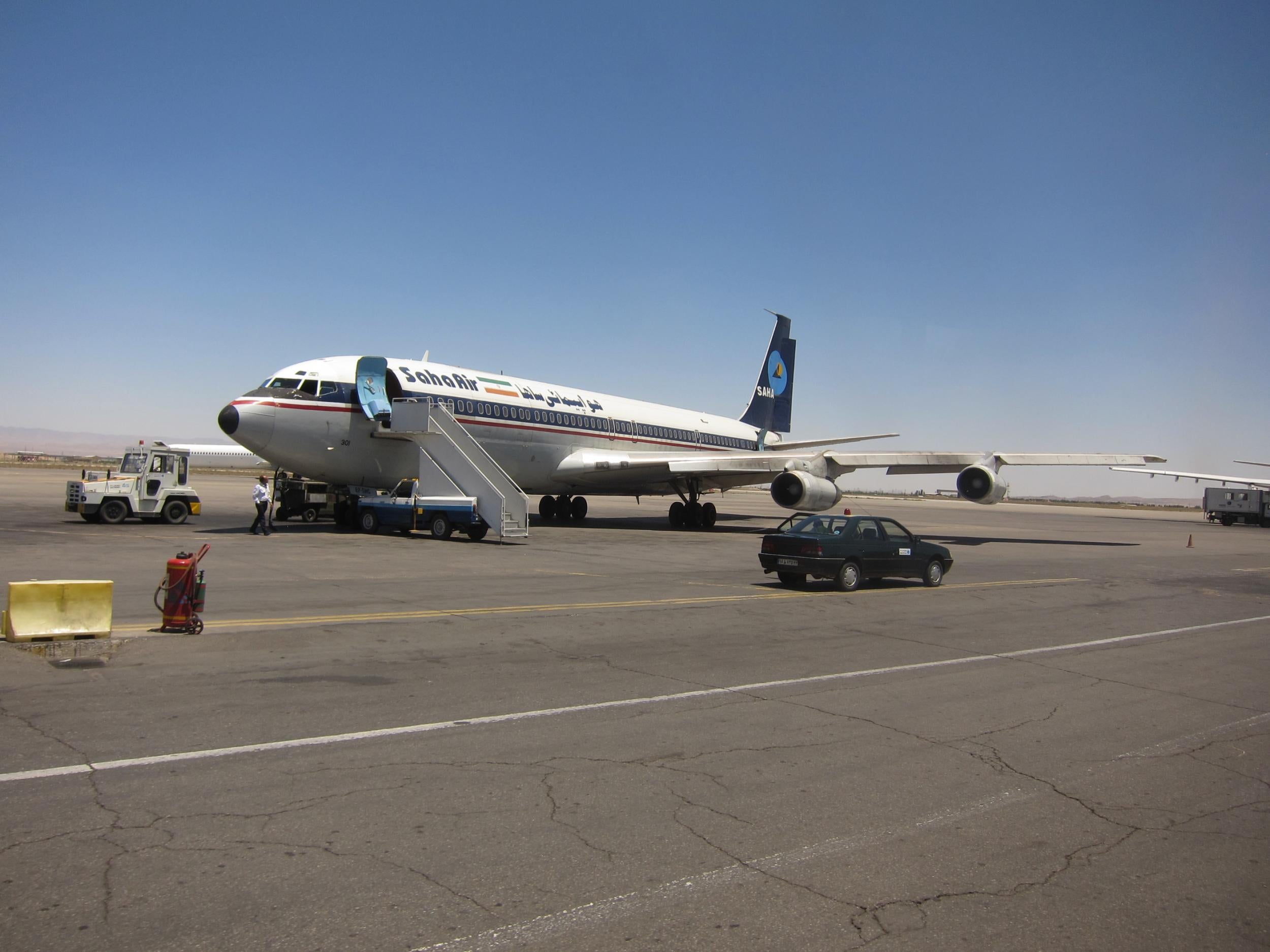Why the Boeing 707 plane united the world
Plane Talk: 'It’s incredible how right Boeing got it: a 737 today has the same fuselage and nose, and a pilot would recognise much of the cockpit layout,’ says the author of a new book

Your support helps us to tell the story
From reproductive rights to climate change to Big Tech, The Independent is on the ground when the story is developing. Whether it's investigating the financials of Elon Musk's pro-Trump PAC or producing our latest documentary, 'The A Word', which shines a light on the American women fighting for reproductive rights, we know how important it is to parse out the facts from the messaging.
At such a critical moment in US history, we need reporters on the ground. Your donation allows us to keep sending journalists to speak to both sides of the story.
The Independent is trusted by Americans across the entire political spectrum. And unlike many other quality news outlets, we choose not to lock Americans out of our reporting and analysis with paywalls. We believe quality journalism should be available to everyone, paid for by those who can afford it.
Your support makes all the difference.The jet age did not begin with the Boeing 707. Britain’s Comet, the Soviet Union’s Tupolev 104 and the French Caravelle all flew fare-paying passengers before the American plane entered service with Pan Am in October 1958.
But the four-engined Boeing aircraft was “the pinnacle of the post-Second World War peace dividend”, according to the author of a fascinating new book on the 707.
The Haynes Owners’ Workshop Manual: Boeing 707 by Charles Kennedy is published this week, price £25, coinciding with the 60th anniversary of the Boeing 707 transforming our horizons.
By 1961, the four-engined jet was connecting Heathrow and Los Angeles in the same flying time as now.
And anyone stepping aboard a Ryanair Boeing 737 today will find themselves in a cabin holding 189 passengers in a 3-3 arrangement – exactly the same capacity as an all-economy 707, of the sort that Mr Kennedy flew as recently as 2013.
The last scheduled passenger operator was Saha Air, an Iranian domestic airline. With sanctions preventing the country from acquiring newer jets, Iran has long depended on planes that are regarded as obsolete elsewhere.
“The Saha flying experience was a thrilling and pure aviation experience,” the author reports. “Boarding by steps was accompanied by the shrill roar of ground power, a cabin at the front with loadmasters poring over graphs and maps, a cabin that looked older than it was, a schedule maintained with military precision and a hot meal served on every sector.”
While the 707 united the world, and created standards that endure to this day, its history is entwined with tragedy. Air safety in the 1950s and 60s was far worse than today, and in the early 70s an alarming number of hijacks and terrorist attacks succeeded.
In 1961 a Continental Airlines 707 flying from Los Angeles to Houston was hi-jacked by two brothers, but their bid to be flown to Cuba was thwarted when police shot out the tyres.
The following year the very same 707 crashed on a flight from Chicago to Kansas City when a suicide bomber blew up the plane with four sticks of dynamite, reputedly bought for 29 cents each. All 45 people on board died. The bomber, Thomas Doty, had taken out life insurance hoping to benefit his wife and daughter.
The book reports that, during the 15-year civil war in Lebanon, Beirut based Middle East Airlines suffered the destruction of a 707 an average of once a year. And in the middle of all that, a Middle East Airlines 707 was hijacked to Cyprus by a Beirut airport security guard demanding higher pay for himself and his colleagues.
Even though a passenger was killed by jet blast after leaving the plane, the hijacker was granted amnesty and allowed to return home without punishment.
Air France lost its first 707 flight to Guadeloupe in 1962, and another on the same mountain in 1968. In 1966 an Air India plane crashed into Mont Blanc at exactly the same location as an Air India Constellation in 1950.
In terms of the stated target market of the “Owners’ Workshop Manual”, there is exactly one 707 still in service whose owner might need the workshop manual from a practical point of view.
The oldest jet airliner flying in the world is a Boeing 707 that was delivered to Qantas in 1959, then served for Laker Airways for nine years. The plane became a private jet in Saudi Arabia for most of the 1980s and 90s.
Twenty years ago the Democratic Republic of Congo (as the former Zaire had just become) bought it as a presidential jet, and it remains in service: 9Q-CLK is the registration, if you wish to track it online.
But for a taste of 707 heritage, look no further than the present day.
“It’s incredible how right Boeing got it,” says Charles Kennedy. “A 737 MAX rolling off the line in Seattle today has the same fuselage and nose, and a pilot would recognise much of the cockpit layout.
“A blindfolded Pan Am 707 pilot from the late 1950s would have no problem operating the centre console and overhead panel on a modern Boeing 737.
“The young engineers and scientists that spent the war inventing bouncing bombs and radar were off the leash to go and invent the future: home appliances, the long-playing record (launched 70 years ago this week), cars with fins… and the jet airliner.”
Join our commenting forum
Join thought-provoking conversations, follow other Independent readers and see their replies
Comments